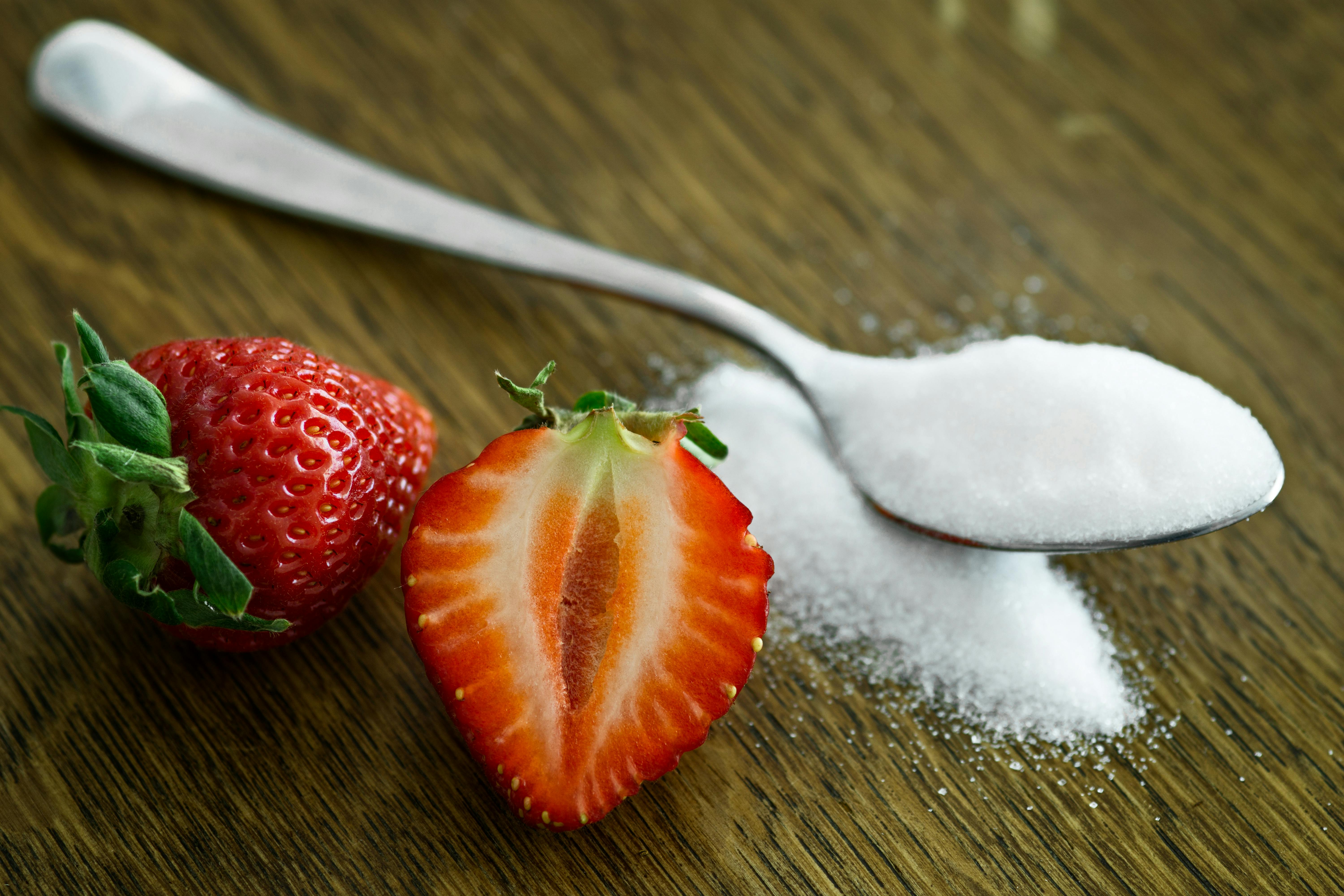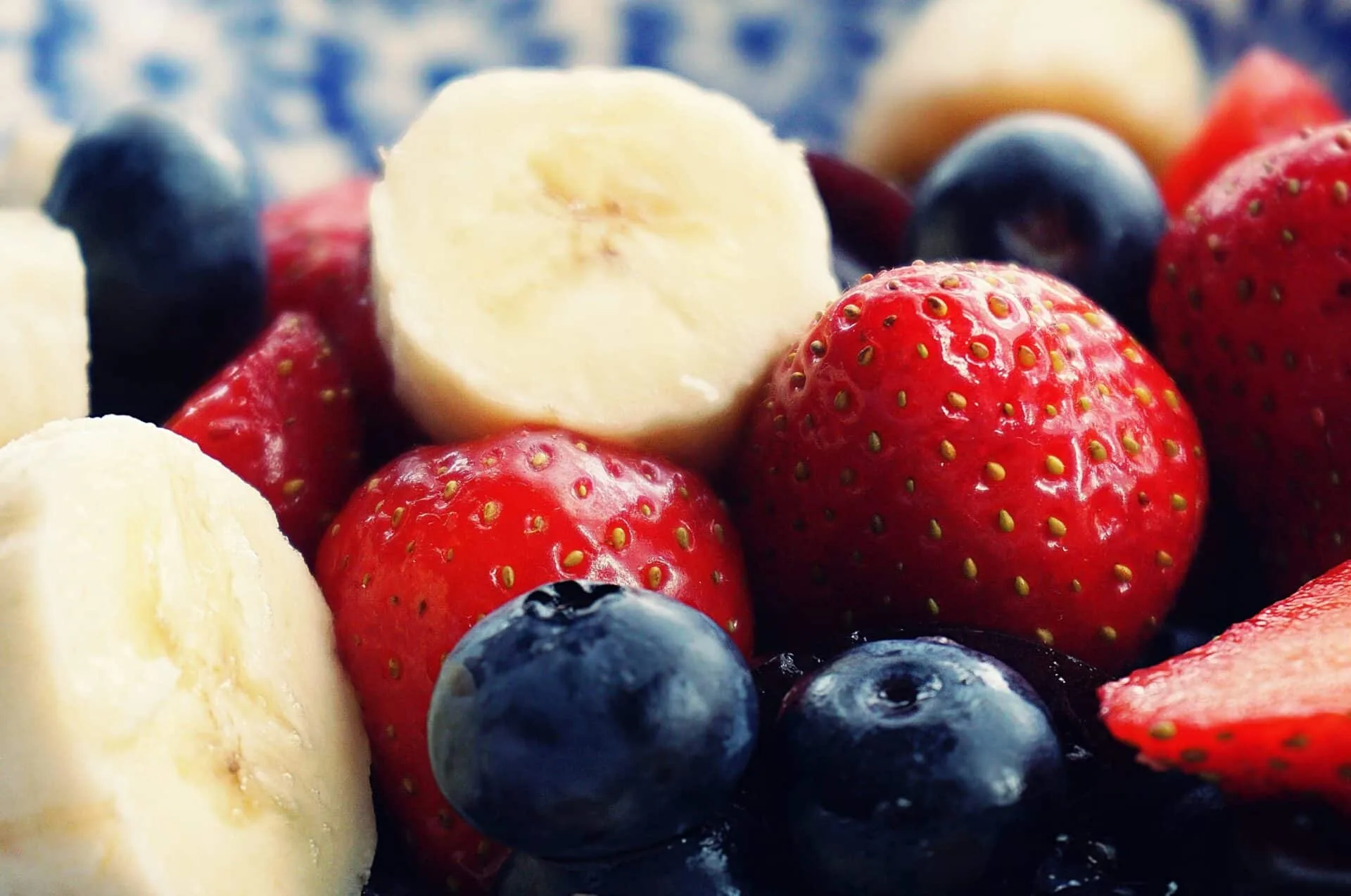Growing strawberries in Minnesota can be a rewarding experience. Not only are strawberries a delicious treat, but they are also easy to grow and can provide you with a bounty of fruit throughout the summer. With the proper planning and care, it is possible to successfully grow healthy and delicious strawberries in Minnesota – you just need to keep a few things in mind. In this article, we’ll discuss how to successfully grow strawberries in Minnesota, including what varieties are best for the climate, when to plant them, how to care for them, and more.Growing strawberries in Minnesota can be a rewarding experience. Strawberries are a popular crop in the state, and they do well in the cold climate. However, there are a few things to keep in mind when growing strawberries in Minnesota.
First, it is important to choose the right variety of strawberry for your garden. There are several types of strawberries that grow well in Minnesota, such as June-bearing varieties like Allstar and Earliglow or everbearing varieties like Quinault and Fort Laramie. Choose a variety that is known for producing large berries with good flavor.
Second, you need to make sure you provide plenty of moisture for your strawberry plants. Strawberries need at least one inch of water each week, either from rainfall or irrigation. Also, be sure to mulch the plants with straw or hay to help retain moisture and keep weeds down.
Third, it is important to fertilize your strawberry plants regularly throughout the growing season. Fertilize with an all-purpose fertilizer according to package directions. Once established, you may need additional nitrogen fertilizer during mid-summer if needed based on soil test results or plant foliage color.
Finally, it is important to harvest strawberries as soon as they are ripe for maximum flavor and sweetness. Ripe berries should be firm and have a bright red color on the outside; unripe berries will have a white center when cut open. Enjoy your homegrown strawberries fresh from the garden or freeze them for later use!
How to Plant and Space Strawberries in Minnesota
Growing strawberries in Minnesota is a great way to enjoy the delicious fruit all summer long. Planting and spacing your strawberries correctly will ensure that you get a healthy crop of berries. Here are some tips on how to plant and space strawberries in Minnesota.
The best time to plant strawberries in Minnesota is late spring, when the soil has warmed up but before the hot summer months arrive. Start by preparing the soil: it should be fertile, well-draining, and free of weeds. Add organic matter such as compost or aged manure to improve the soil’s fertility and water retention capacity. Dig holes about 6-8 inches deep, then place your strawberry plants into the holes with their roots spread out. Water thoroughly after planting.
When it comes to spacing your strawberry plants, there are two main methods you can use: matted rows or hills. For matted rows, space your plants 10-12 inches apart in rows that are 3-4 feet apart. For hills, space your plants 12-18 inches apart in hills that are 4-6 feet apart. Make sure that you leave enough room between each plant so that they have adequate air circulation.
Once your strawberry plants have been planted and spaced properly, you’ll need to keep up with regular maintenance tasks such as watering, weeding, mulching, pruning, and fertilizing throughout the growing season. This will ensure healthy growth and a good harvest come fall!
Soil Requirements for Growing Strawberries in Minnesota
Strawberries need a soil that is well-drained and rich in organic matter. The ideal soil pH for strawberries is between 5.5 and 6.8, although most varieties can tolerate a range of 5.0 to 7.5. Amend the soil with compost or aged manure to improve its fertility and structure before planting. Compost should be worked into the top 8 inches of soil to ensure adequate drainage and nutrient availability. If the soil is too sandy or clayey, add organic matter like straw or peat moss to improve its texture and water retention capacity. It is also beneficial to add lime to increase the pH level if it is below 5.5.
Fertilizer Requirements for Growing Strawberries in Minnesota
Fertilizer should be applied before planting, when new leaves begin to form, after flowering, and immediately after harvest. A balanced fertilizer with a ratio of 10-10-10 (Nitrogen-Phosphorus-Potassium) should be used at a rate of 1/4 pound per 100 square feet of bed area or 6 pounds per 1000 square feet of bed area. For established strawberry beds, use a higher rate of fertilizer in early spring when the plants are actively growing and then reduce it as the season progresses. Avoid using high nitrogen fertilizers as they can lead to excessive vegetative growth at the expense of fruits.
Watering Requirements for Growing Strawberries in Minnesota
Strawberries are a popular berry to grow in Minnesota. However, growing strawberries in this climate requires extra attention to their watering needs. Strawberries need adequate irrigation during the growing season in order to reach their full potential. Without enough water, the plants can become stressed and yield lower quality fruit. This article will discuss the watering requirements for growing strawberries in Minnesota.
The first step in ensuring proper watering for your strawberry plants is to understand the soil type of your area. In Minnesota, most soils tend to be clay or sandy loam. Clay soils can retain more water, so they tend to require less frequent watering than sandy loams. When determining how often to water your strawberry plants, consider the soil type and the amount of rainfall your area typically receives.
In general, strawberry plants should be watered about once a week during the active growing season (May through September). The amount of water each plant needs will depend on several factors such as soil type and rainfall amounts. In clay soils, you may only need one inch of water per week while sandy loam soils may require two inches of water per week. If there has been heavy rain, you may not need to water as frequently or at all as long as there is still moisture present in the soil.
It is also important to note that watering too often or too little can both cause problems for your strawberry plants. Overwatering can lead to root rot and other diseases while underwatering can cause wilting and fruit drop due to lack of nutrients from insufficient moisture levels. To ensure optimal growth and fruit production, make sure you keep an eye on your soil moisture levels and adjust accordingly if needed.
By following these simple guidelines for watering requirements for growing strawberries in Minnesota, you should be able to create a healthy environment for your plants that will result in a bountiful harvest come autumn!
Weed Control for Growing Strawberries in Minnesota
Growing strawberries in Minnesota requires proper weed control to ensure a successful harvest. Weeds compete with the strawberry plants for essential nutrients, light, and water. Additionally, weeds can spread disease and pests to the strawberry plants. To prevent these issues, it is important to create a plan for controlling weeds in strawberry beds.
The first step in controlling weeds is to create a weed-free growing environment before planting strawberries. This could include tilling the soil and removing any weeds that are already present. Once this is done, mulching can help to keep weeds from germinating and spreading. The mulch should be at least three inches thick and can be comprised of materials such as straw, wood chips, or landscape fabric.
Once the strawberries are planted, hand-weeding or hoeing should be used to remove any remaining weeds. Additionally, using a pre-emergent herbicide prior to planting can help reduce the number of weeds that come up later. If necessary, post-emergent herbicides can also be used to target existing weeds once they have sprouted. It is important to follow all instructions when applying herbicides as misuse can have negative effects on your strawberry crop and the environment.
Weed control is an important part of growing strawberries in Minnesota. Creating a weed-free environment prior to planting and using mulch afterwards will help reduce competition from other plants for resources needed by your strawberry crop. Additionally, hand-weeding or hoeing and using pre/post emergent herbicides will help target persistent weeds while protecting your crop from disease and pests that may spread through them. Following these steps will ensure you get an abundant harvest of delicious strawberries!

Insect and Disease Management for Growing Strawberries in Minnesota
Strawberries are a popular crop to grow in the state of Minnesota for their sweet taste and nutritional value. However, they require careful insect and disease management to ensure a successful harvest. To protect strawberries from pests, farmers should use crop rotation, carefully select resistant varieties, and monitor the plants regularly for signs of insect or disease damage. They should also use physical barriers such as row covers or screens, as well as chemical controls such as insecticides or fungicides when needed.
Crop rotation is a key component of pest management for strawberries. By planting strawberries in different parts of the field each year, farmers can reduce the buildup of insects and diseases that may be present in the soil from previous seasons. This will also reduce the need for chemical control measures.
Selection of resistant varieties is another important part of pest management for strawberries. Many varieties have been developed that are resistant to specific insects or diseases, so farmers should research which types work best in their area before planting. This will reduce the amount of damage caused by pests and limit the need for additional control measures.
Monitoring plants regularly is also an important part of managing pests in strawberries. Farmers should inspect their plants regularly for signs of insect or disease damage such as wilting or discoloration on leaves or fruits. If any signs are present, they should take appropriate action such as applying an insecticide or fungicide to prevent further damage.
Finally, physical barriers such as row covers or screens can be used to keep pests away from strawberry plants. Row covers are made from lightweight fabric that is placed over rows of plants to keep out insects while still allowing sunlight and rain to reach the plants beneath them. Screens can also be used around individual plants to provide additional protection against insects and diseases.
Insect and disease management is essential for growing healthy strawberries in Minnesota. By using crop rotation, selecting resistant varieties, monitoring plants regularly, and using physical barriers such as row covers or screens when needed, farmers can ensure a successful harvest with minimal damage from pests.
Mulching and Pruning Tips for Growing Strawberries in Minnesota
Growing strawberries in Minnesota can be a rewarding experience for both experienced and novice gardeners alike. Strawberries are relatively easy to grow, but there are a few things you need to know to ensure the best results. Mulching and pruning are two essential steps that should not be overlooked when growing strawberries in Minnesota.
Mulching is a great way to keep the soil temperature constant, conserve moisture, reduce weeds, and add organic matter to your soil. For best results, apply a layer of organic mulch such as straw or shredded leaves around each strawberry plant in late fall. This will help protect the roots from extreme temperatures during the cold winter months.
Pruning is also important for maintaining healthy strawberry plants. Pruning should be done during the early summer months when the plants are actively growing. Prune off any dead or diseased leaves and stems as soon as you spot them. You should also remove any flowers that appear before July as these will not develop into fruit. Be sure to cut back any runners that seem to be taking over the strawberry patch as well.
By following these simple tips for mulching and pruning, you can ensure a successful harvest of delicious strawberries in Minnesota!
When to Harvest Your Strawberries in Minnesota
Harvesting strawberries in Minnesota can be tricky because of the unpredictable weather. The best time to harvest strawberries in Minnesota is usually from late May through mid-June, depending on the variety and climate. Strawberries are typically ready to pick when the berry is a bright red color and easily pulls away from the cap or stem. If you wait too long, the strawberry may become overripe and mushy, while harvesting too early may result in a sour-tasting berry.
Minnesota has two types of strawberry varieties: June-bearing and everbearing. June-bearing strawberries usually begin ripening in late May or early June, while everbearing varieties may start ripening as early as April or May and continue through August. If you want to extend your harvest season, consider planting both types of strawberries in your garden.
In addition to watching for ripeness, keep an eye on the weather forecast when planning your harvest. If there is a chance of rain in the forecast, be sure to pick your strawberries before they get wet or you risk having them rot before you can enjoy them fresh from the garden. If rain is not in the forecast, wait until temperatures reach into the 70s or higher before harvesting your berries for maximum sweetness.
Harvesting strawberries at the right time will ensure that you get the most flavorful berries possible. Be sure to check each berry for signs of ripeness before picking it and store any uneaten fruit in an airtight container until ready to use. With careful timing and patience, you can enjoy sweet, juicy strawberries from your garden all season long!

Conclusion
Growing strawberries in Minnesota is a rewarding experience that can yield an abundant harvest of sweet, flavorful berries. Whether you are growing them in the garden, in containers, or even growing hydroponically, with a bit of extra care and attention you can enjoy a good yield. It’s important to select the right variety of strawberry for your space and climate, as well as to provide plenty of sun, water, and nutrients to ensure healthy plants and delicious berries. Proper pest control is also critical for successful strawberry production. Following these guidelines will make it easier to grow strawberries in Minnesota and ensure that you reap a bountiful harvest.
There are many different types of strawberries you can choose from when looking to grow them in Minnesota. When selecting varieties for your garden or container, look for ones that are well suited to the climate and soil conditions you have available. With proper care and attention your strawberries will thrive! Enjoy the fresh taste of homegrown strawberries this year!



